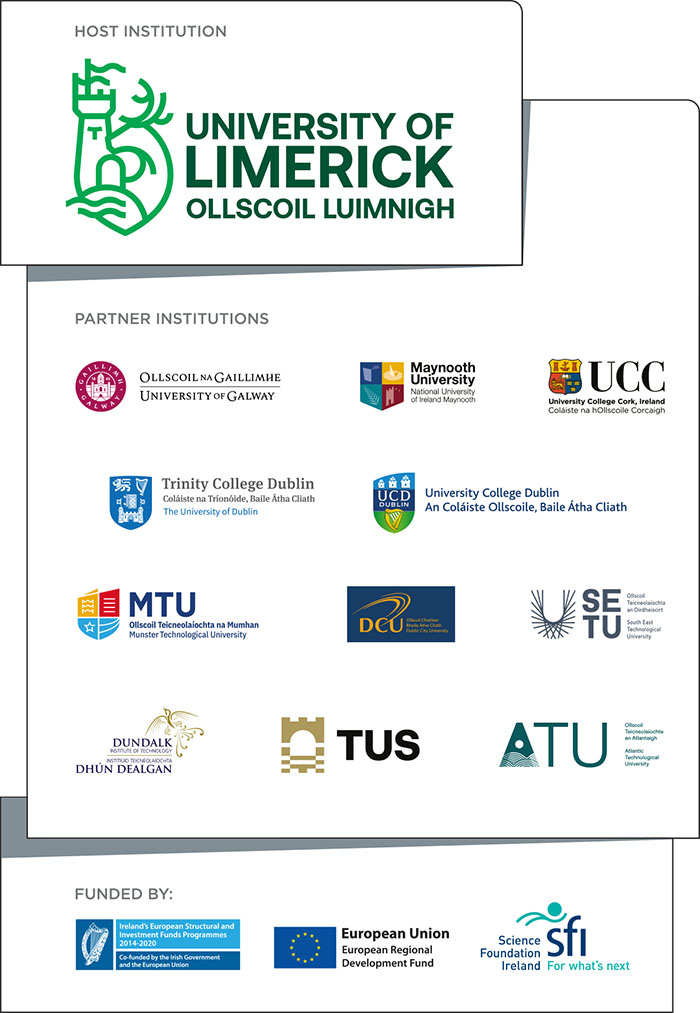Crowdfunding success involves more than just the art of asking
You are here
Lero research suggests that Project creators need to be realistic and do their homework before jumping on the bandwagon
First published in the Irish Times, Friday, June 21, 2019
Online crowdfunding platforms offer a popular alternative to traditional structures by connecting those looking to raise money for a business directly with crowds of potential backers.
It has increased the democratisation of finance, providing access to funds for a wider array of projects that may not have been available through longer-established, more conservative means.
However, the public nature of communications between project creator and the often large number of backers makes crowdfunding much more complex and resource consuming than it may first appear.
Traditional sources of funding, such as banks, venture capitalists, financial institutions etc, usually require much form-filling, the need to reveal lots of financial detail up-front, interest payment on loans and so on.
Crowdfunding appears more straightforward. A fundseeker only needs to sign up with a well-known crowdfunding platform, list their funding needs and ask a crowd of backers for money, often with the promise of some reward or incentive for participating.
All going well, the creator will raise the money needed within the agreed timeframe and get straight to work fulfilling rewards and developing the product or service.
However, researchers at Lero, National University of Ireland, Galway and Copenhagen Business School have found that the crowdfunding process is not that easy, particularly if we look at rewards-based crowdfunding – the kind used on platforms such Kickstarter or Indiegogo.
These platforms inspire backers to engage with project creators based on their desire for particular causes or creative goals. Once backers support the project, its performance and direction becomes very important to them; they often feel a sense of ownership over what is being created. However, backers have limited access to project owners outside of public online discourse.
Once the donation is made, backers cannot fire a project creator, demand meetings or renegotiate contracts. Their source of power appears instead to reside in their capacity to create publicly visible discontent if things go wrong.
Dealing with tens of thousands of backers can be time-consuming and completely overwhelming. Project creators often feel obliged to develop additional or bonus features, production demands may exceed capacity, all of which can lead to significant delays and with it, disgruntled backers.
And, if things go wrong, communications with backers need to be scaled up exponentially.
Declared bankruptcy
In 2014, the Torquing Group sought £125,000 for the Zano micro-drone. The founders raised over £2 million from 12,075 backers, making Zano the most successful crowdfunding campaign by a European business at the time.
Despite early success with fundraising, development faltered, promised functions and additional features went undelivered, and backers became restless. This escalated to personal threats against Zano employees from some onlookers and discussions of litigation against the project creator. The company declared bankruptcy in December 2015, having reportedly only delivered four of the 19,000 pre-ordered drones to Kickstarter backers.
Rhetoric on the internet can reach intense levels very quickly, particularly if projects do not live up to expectations. This can apply even after the project creator has delivered.
Singer-songwriter Amanda Palmer’s Kickstarter campaign, entitled Theatre Is Evil: the Album, Art Book and Tour, became the largest and most successful crowdfunding campaign ever undertaken by a musician at the time when she surpassed her initial goal of $100,000, generating more than $1.2 million from 24,883 backers.
Palmer followed through on her Kickstarter campaign, fulfilling all rewards, which included 23,383 pre-orders of the album, 397 backer-only shows, 34 house parties and two private dinners with backers. She also communicated non-stop with fans online, completely immersing herself in Twitter and other social media.
Following requests from some critics, she even posted a breakdown of how the money was spent. But when she posted a request seeking local musicians to play in her band for free on some dates of her tour – as she regularly had before – it drew negative press. In the end, she committed to pay all volunteer musicians.
It appears crowdfunding holds creators to a very different standard. This may be because some onlookers believe they have control over a creator’s financial success, either because it was funded by the public or because they personally contributed to it.
So what does all of this tell us about asking for money via crowdfunding?
When all else fails with traditional investment avenues, crowdfunding is often a viable alternative. It creates much hype and awareness, which helps get a project off the ground.
However, asking for money is just the beginning. Crowdfunding takes a lot of hard work and, for most, involves a steep learning curve.
It is important not to underestimate the power of a well-thought out business plan and solid project execution. Deliver on what you promised initially, no more, no less. Project creators need to be realistic and do their homework before jumping on the crowdfunding bandwagon.
Dr Lorraine Morgan is a lecturer in business information systems in the School of Business & Economics, National University of Ireland Galway and is a researcher with Lero, the Irish Software Research Centre.




